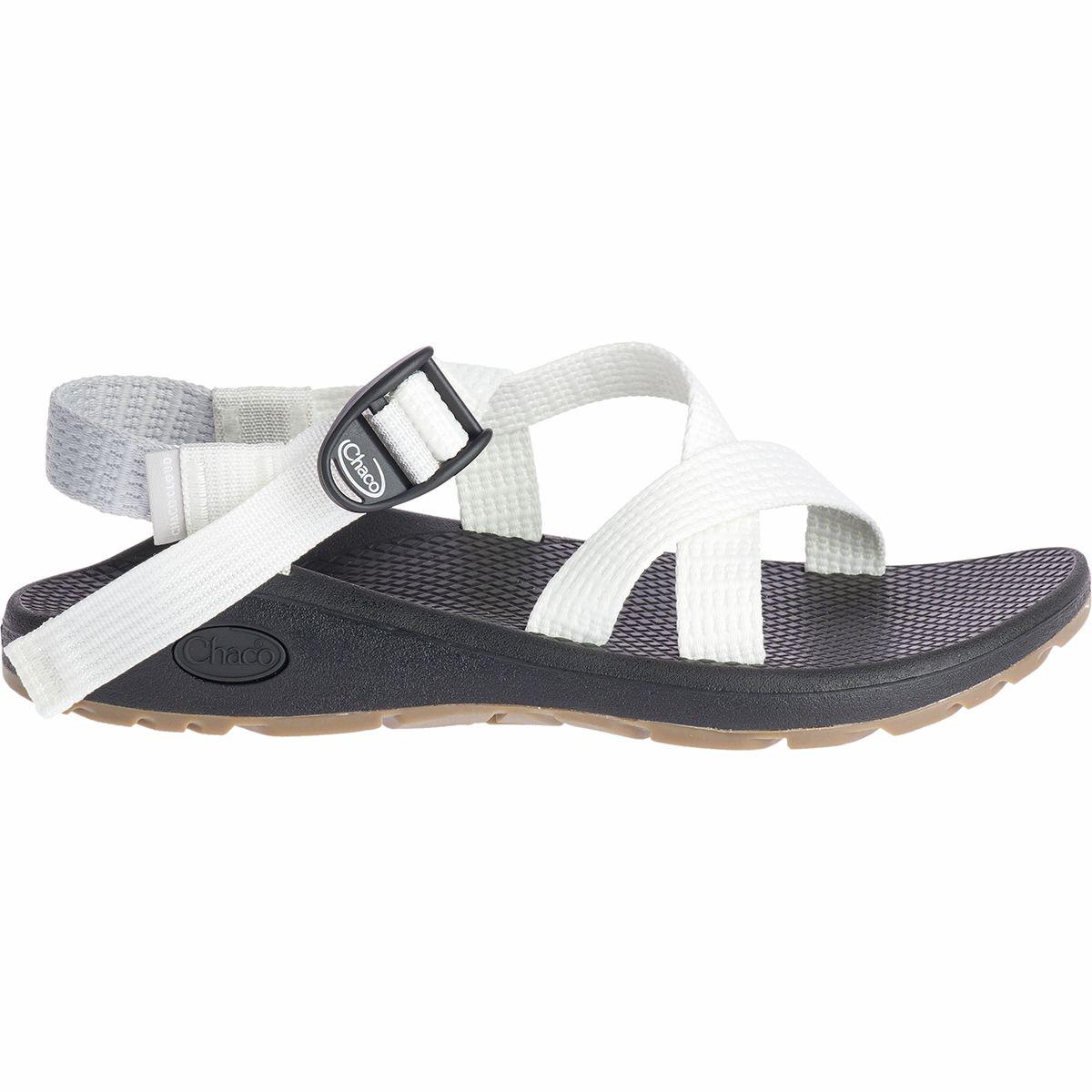

You can expect the toe loop to take about a week to break in. Many sandals lack a feeling of security due to their open nature, and the toe loop helps to mitigate this. It’s a good way to make the fit feel more secure. However, if you’re careful and take your time, the loop shouldn’t constrict your foot. Some people find it to be a nuisance, and it can sometimes tighten too far and constrict your foot. Whether this loop suits you is really just a matter of personal preference. Some Chacos are designed with a loop for the big toe. If you’re going to be near the water, single-strap shoes might be the way to go. The biggest problem with multi-strap shoes is that they might slip out of place when they get wet.

This makes them a good choice if you have an unusually sized or shaped foot. However, they do conform better, so you’ll get a better fit. Multi-strap Chaco designs are a little harder to use and might take some getting used to.
#ZCLASSIC ZCLOUD YAMPA UNAWEEP PLUS#
You can slip them on and off more easily, plus the strap stays in place with more readiness. Single strapped shoes tend to be easier to use. You’ll find shoes available with both a single strap or a multi-strap design. There are other aspects of the design that you should consider when making a choice about the best Chacos for you. However, the Cloud has a unique tread design that makes it better to use in wet conditions.Ĭheck Chaco Classic prices at Other Design Aspects to Consider They don’t become affected by normal wear-and-tear like other outsoles.īoth types of Chaco have a non-marking design. If you’re walking in extreme weather, these are the soles you want. These are soles with great protection and grip. This makes them ideal for people who have sore feet or foot issues like plantar fasciitis.Ĭlassic Chaco shoes have Vibram outsoles. The top sheet gives your supportive arches more comfort and cushioning. The Chaco Cloud also has the LUVSEAT footbed, but it’s added another layer. The contoured arch helps support your entire foot from heel to toe. The footbed has been certified by podiatrists, so you know it’s an ideal choice for your foot.

The Classic Chaco has a LUVSEAT footbed that’s designed to provide comfort all day. The sole is located on the underside of the shoe, and is responsible for traction and grip.Ĭheck Chaco Cloud prices at It’s responsible for keeping your foot comfortable. The footbed is the portion of the shoe that your foot rests on. The main differences between the shoes lie in the type of sole and footbed each shoe has. LUVSEAT plus top sheet (Good for people with Sore feet) They’ll also protect you from slipping and falling in wet areas.Įach pair of sandals is water-resistant, so you don’t have to worry about them becoming damp and musty.ĭifferences between Chaco Classic and Chaco Cloud You can walk through dirt, water, sand, rocks, gravel, and another terrain.Your sandals will absorb the shock of the impact. The soles are durable enough not to be worn down by the same conditions that would damage more fragile sandals. The straps come in many colors, ranging from neutral tones to brighter flashes, so you’re sure to find a pair that can suit your wardrobe. Though the soles are clearly designed for rugged terrain, they aren’t super noticeable when the shoes are actually on your feet. This help tackles the majority of different terrains, from mountain hikes to rocky beaches. In truth, Chaco sandals aren’t all that ugly.Īll Chaco sandals have soles that are chunky, black, and large. In fact, this is considered a big part of the shoe’s charm. Chaco sandals are best known for being somewhat ugly. They hold up well to water and hiking, unlike many other sandals on the market. Each pair of shoes uses a Z-strap to hold your foot in place, helping give you maximum comfort and support regardless of the shape of your foot. If you’re looking for a good pair of outdoor sandals for the season, Chacos are a good place to start.Ĭhacos are a popular brand of sandals.


 0 kommentar(er)
0 kommentar(er)
